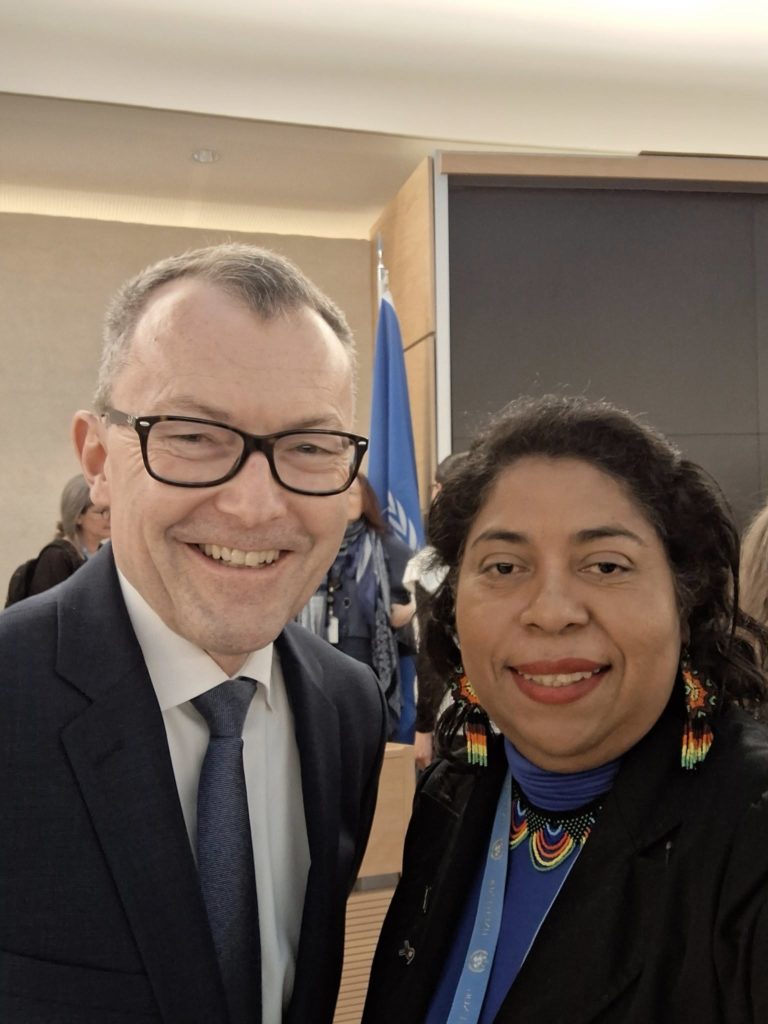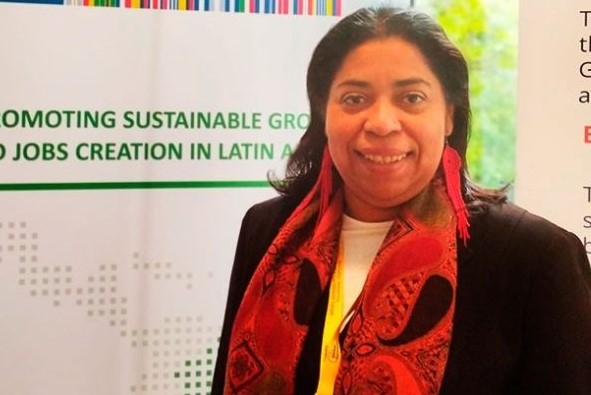The United Nations Human Rights Council today announced the appointment of Anexa Alfred Cunningham as an Independent Expert of the Expert Mechanism on the Rights of Indigenous Peoples (EMRIP), representing Central America, South America, and the Caribbean.
The appointment recognizes her extensive work in defending the rights of Indigenous peoples and advancing social justice. Cunningham, herself of Indigenous origin, has spent more than two decades promoting collective rights, strengthening Indigenous autonomy, and advocating in international forums.
“I am grateful for the trust placed in me by the Human Rights Council and its presidency. I reaffirm my commitment to continue providing my expertise independently and impartially in defense of the rights of Indigenous peoples and social justice,” Cunningham stated after her appointment.
The Expert Mechanism on the Rights of Indigenous Peoples was established in 2007 by Human Rights Council resolution 6/36. Its primary function is to provide studies and expert advice on the rights of Indigenous peoples, and to serve as a platform for dialogue among States, Indigenous communities, and other international stakeholders.

Cunningham also expressed gratitude for the support received throughout her journey:
“Thanks to the Creator, to my parents, and to the sisters and brothers from the different peoples of the world who have accompanied me along this path.”
EMRIP is composed of five experts from different regions of the world who serve in their personal capacity and independently.
This appointment comes just days after the United Nations released a report identifying 54 officials responsible for systemic repression in Nicaragua, marking the first time the organization has publicly named dozens of government, military, and ruling party officials linked to violations of fundamental rights and crimes previously documented in UN reports.
READ ALSO A Sea of Risks: The Reality of Fishermen’s Work on Nicaragua’s Caribbean Coast



